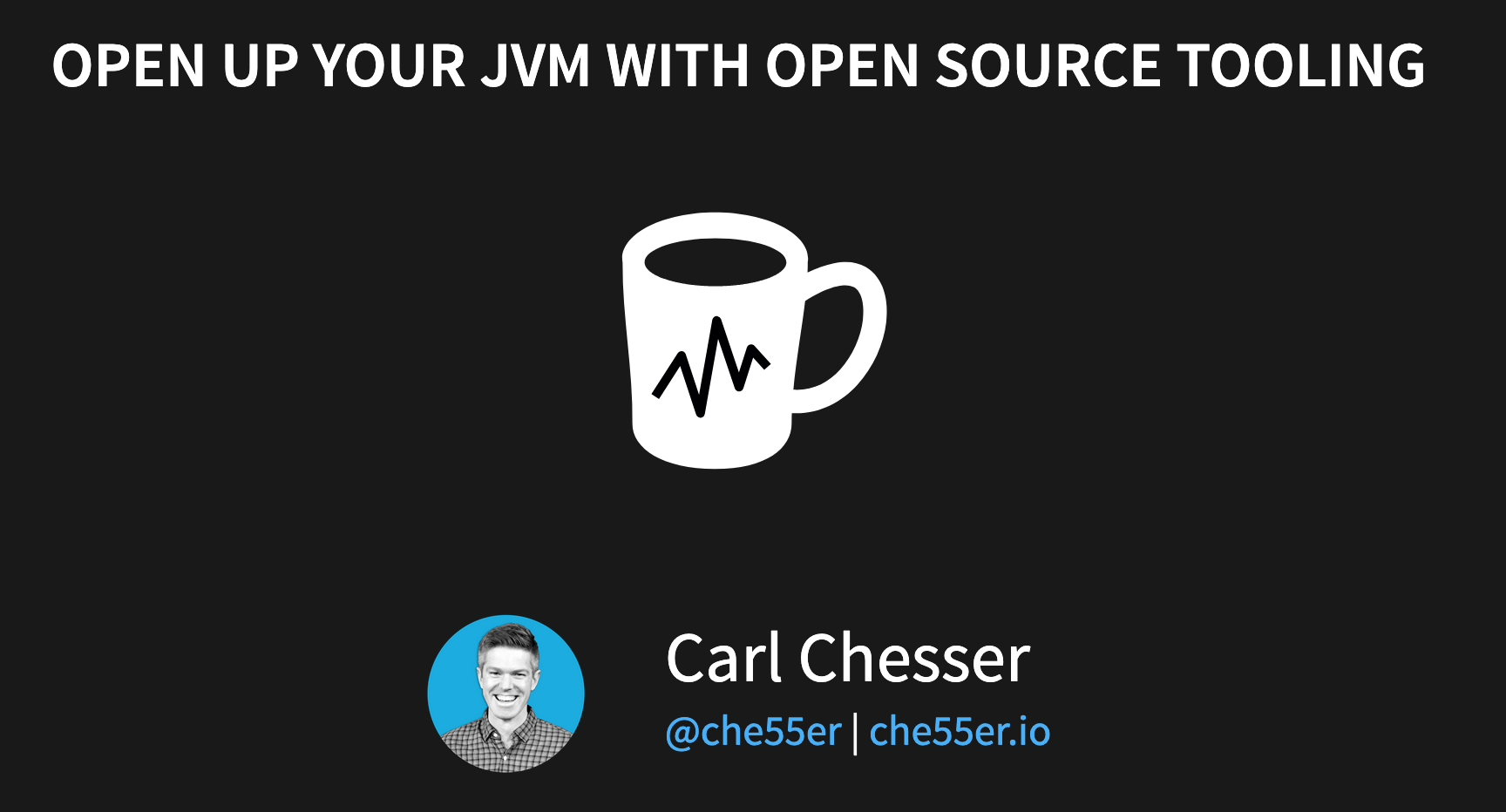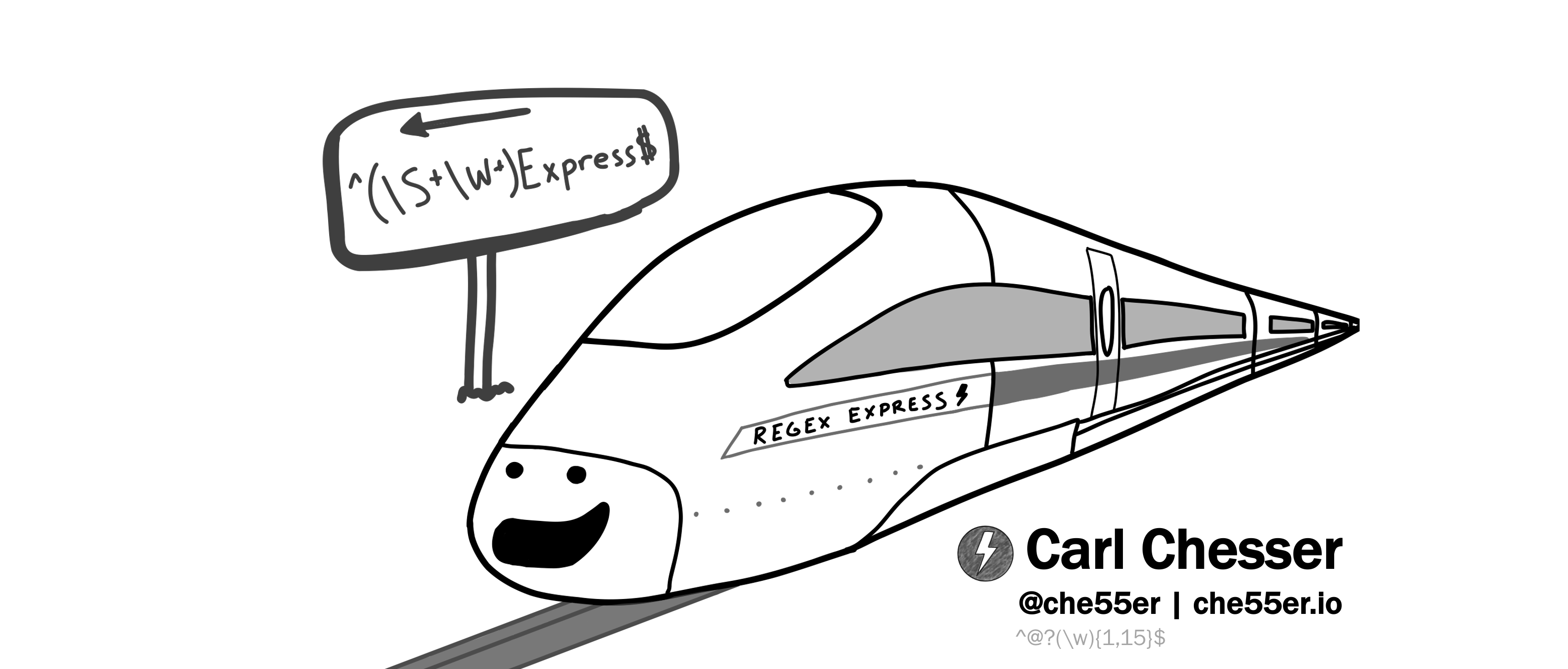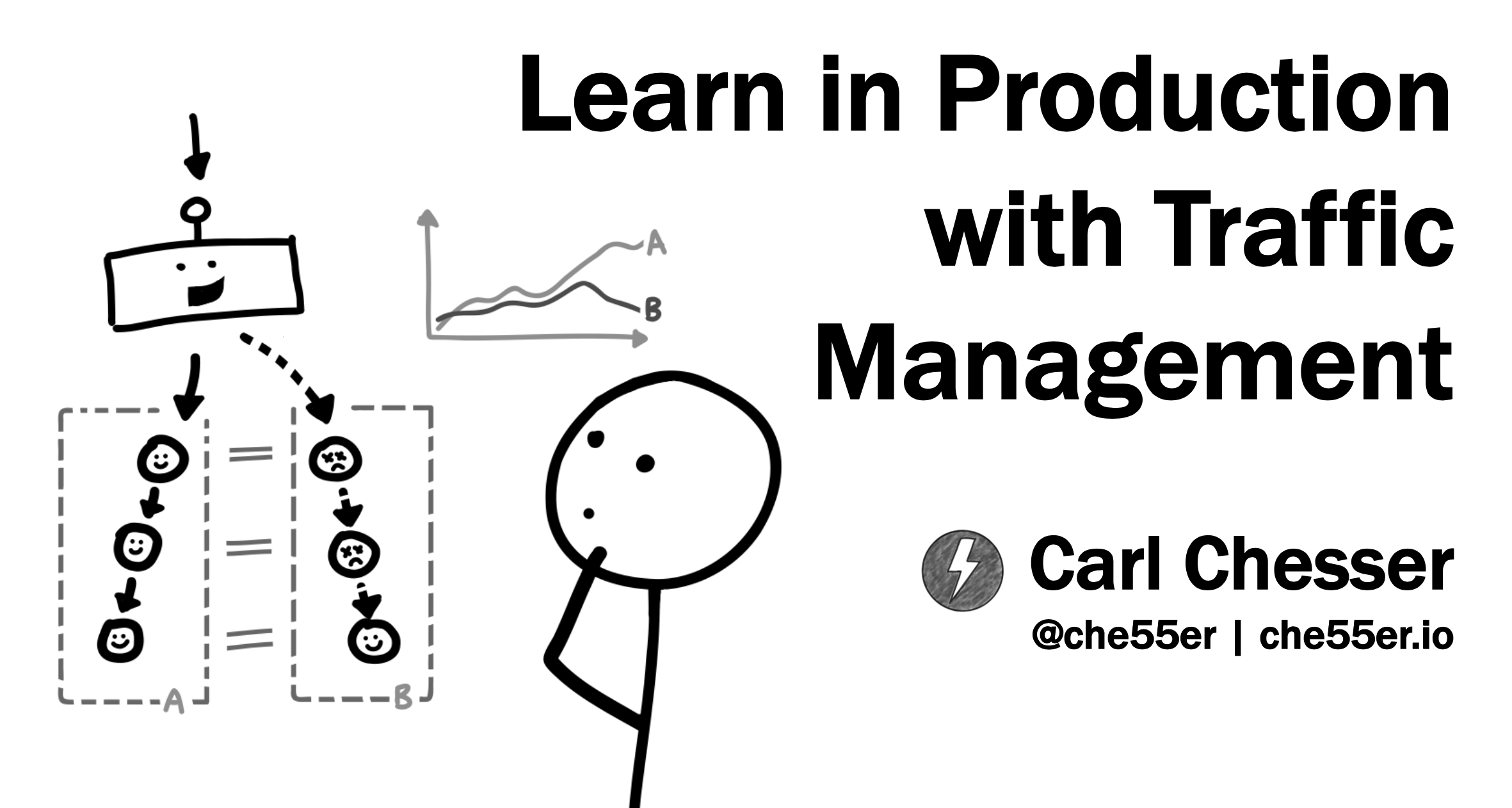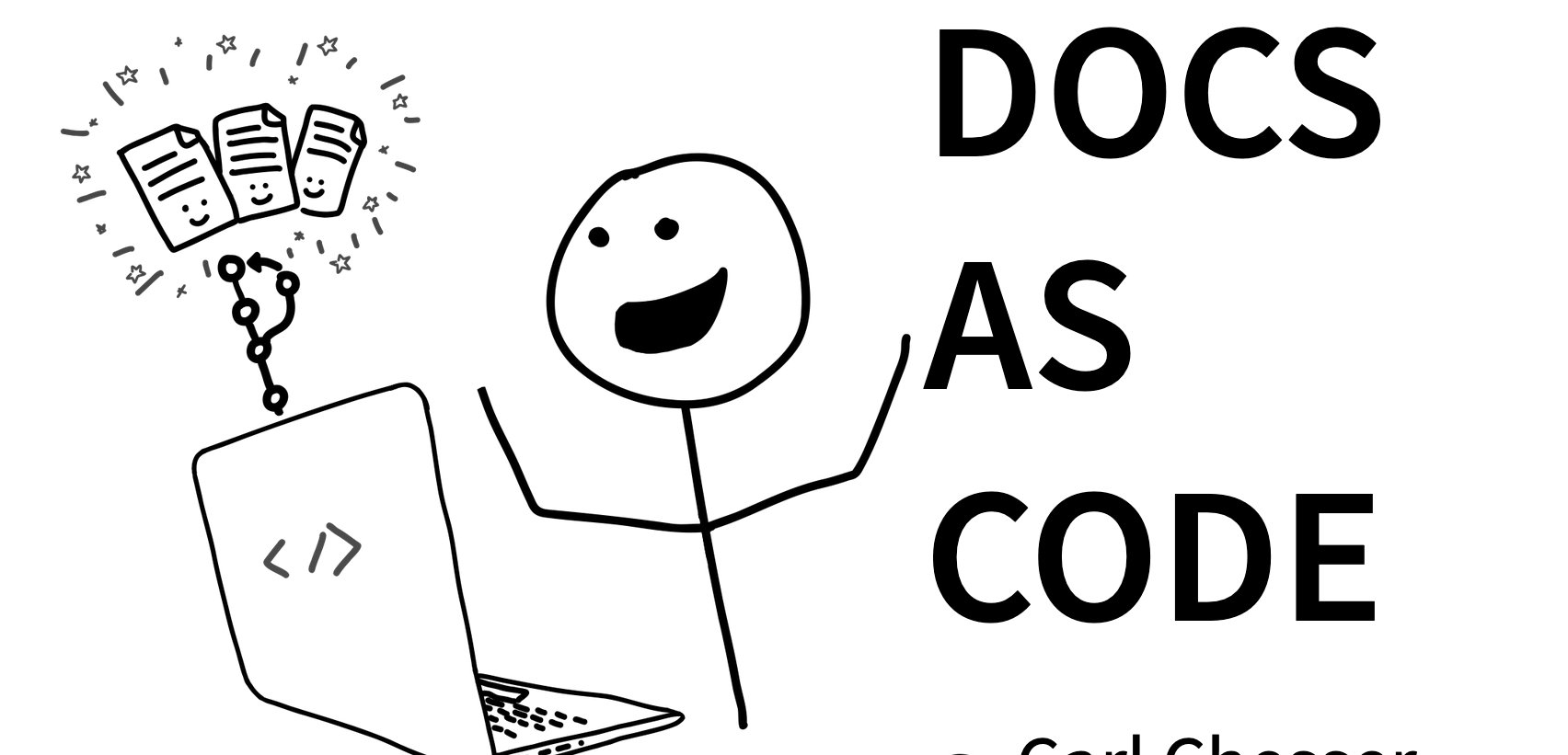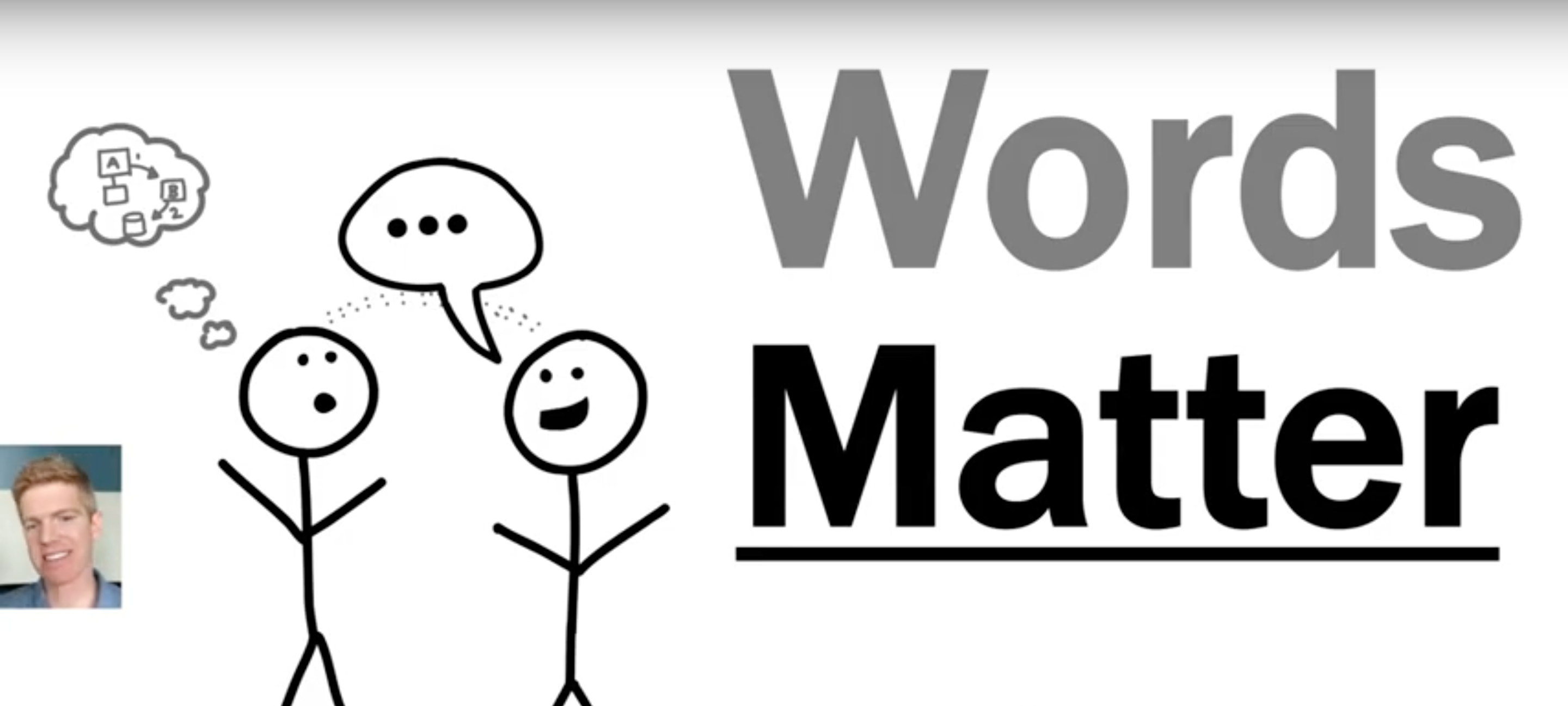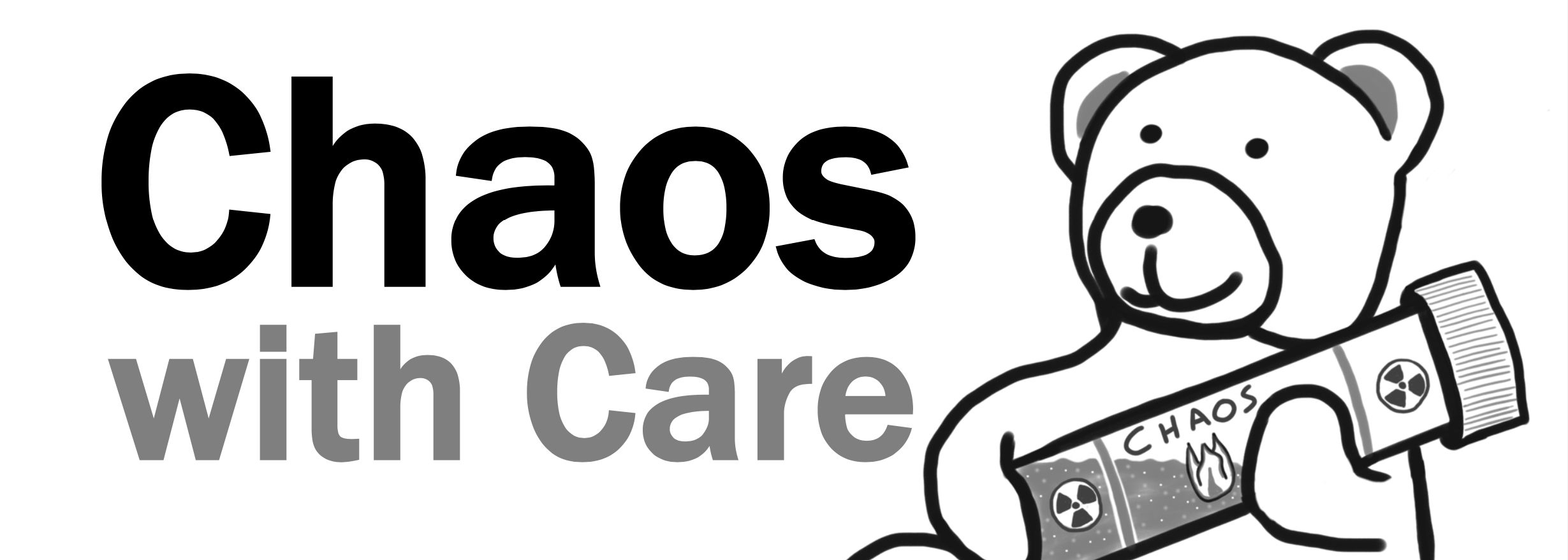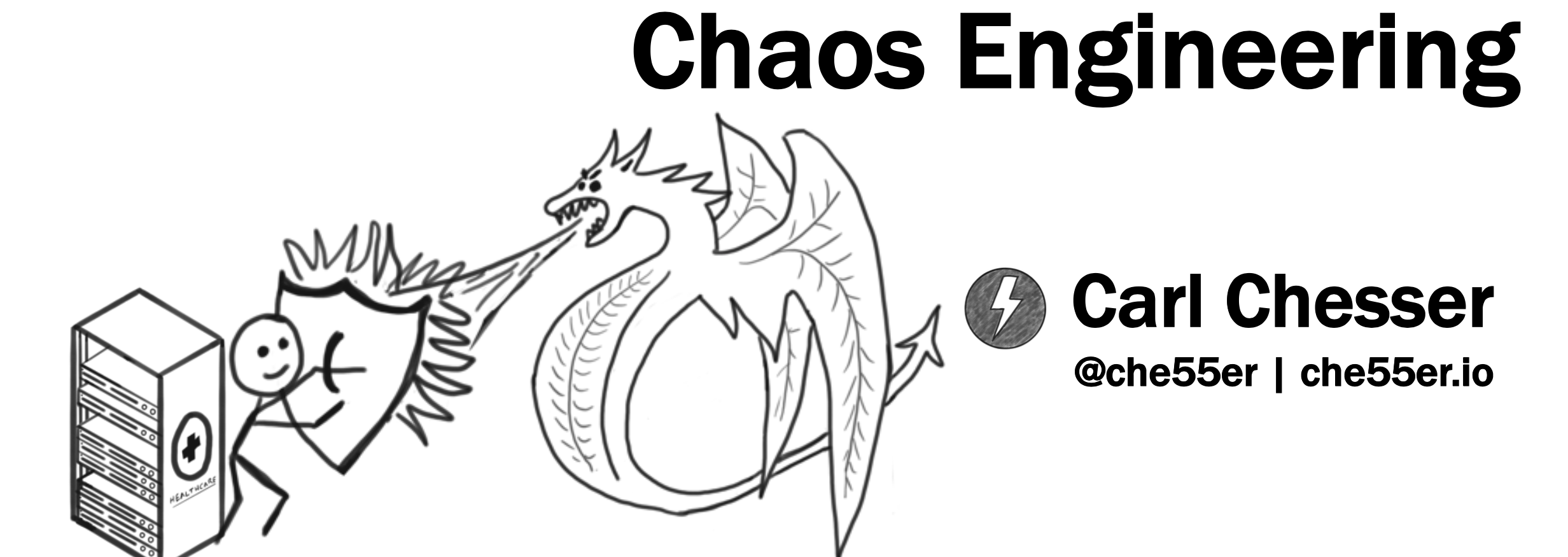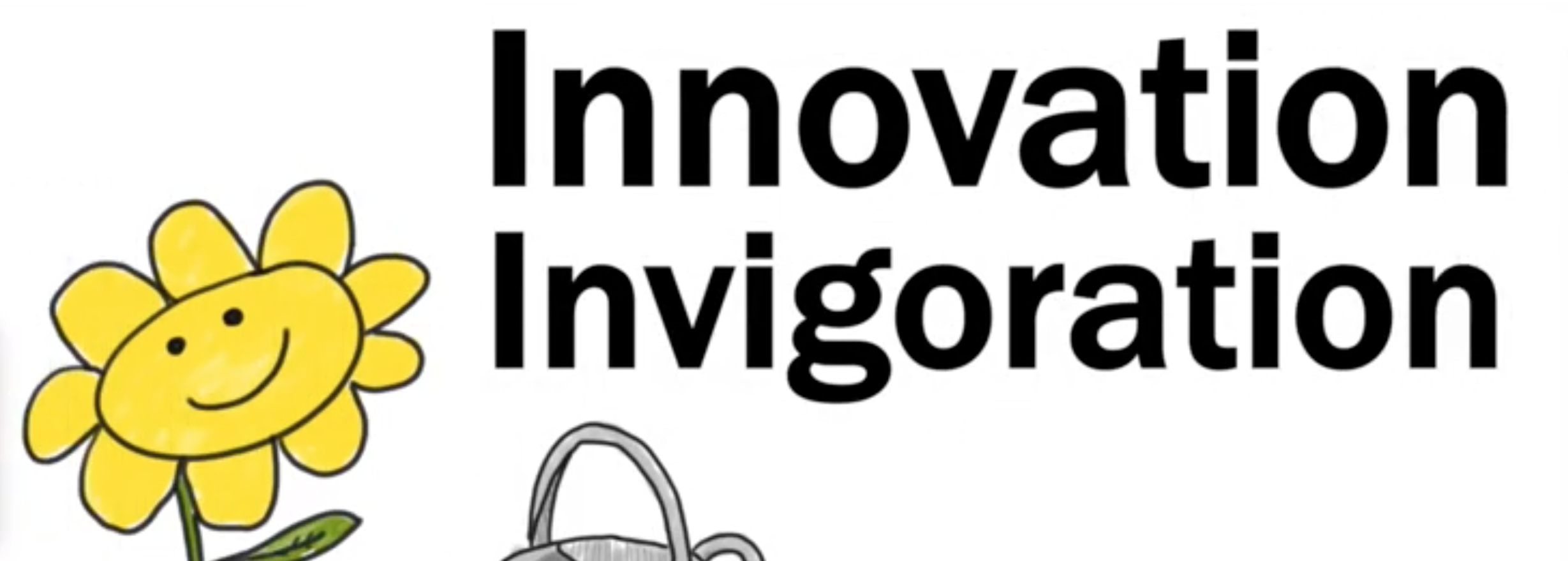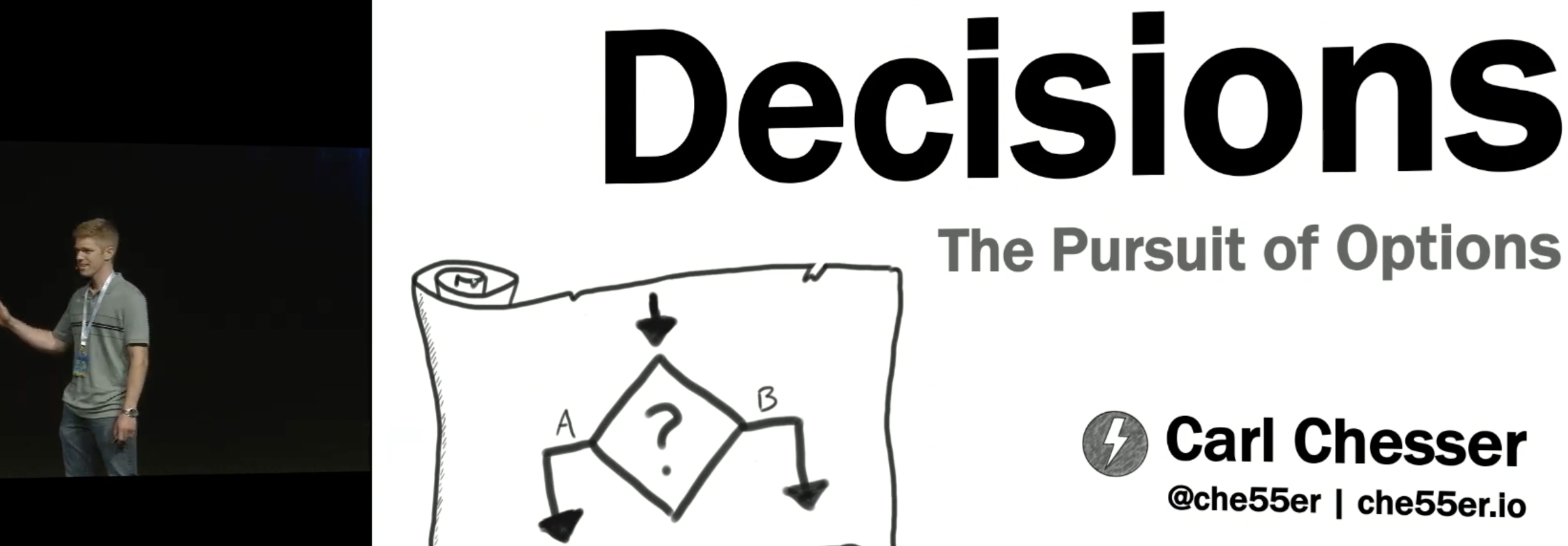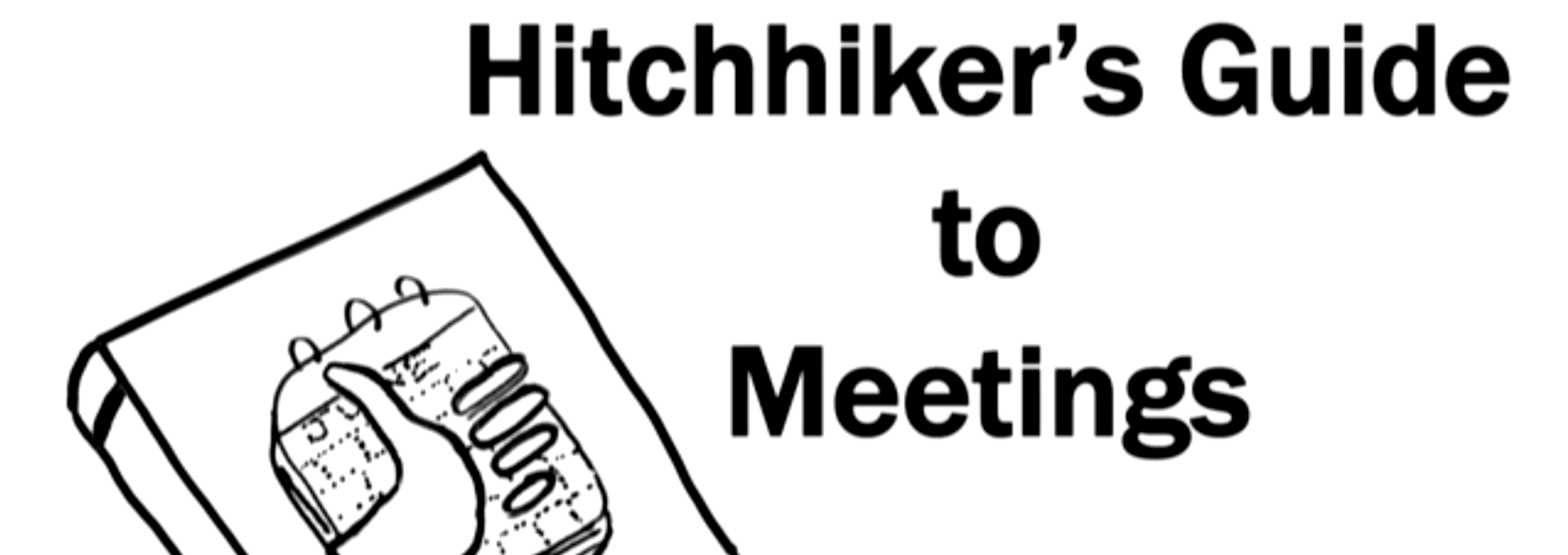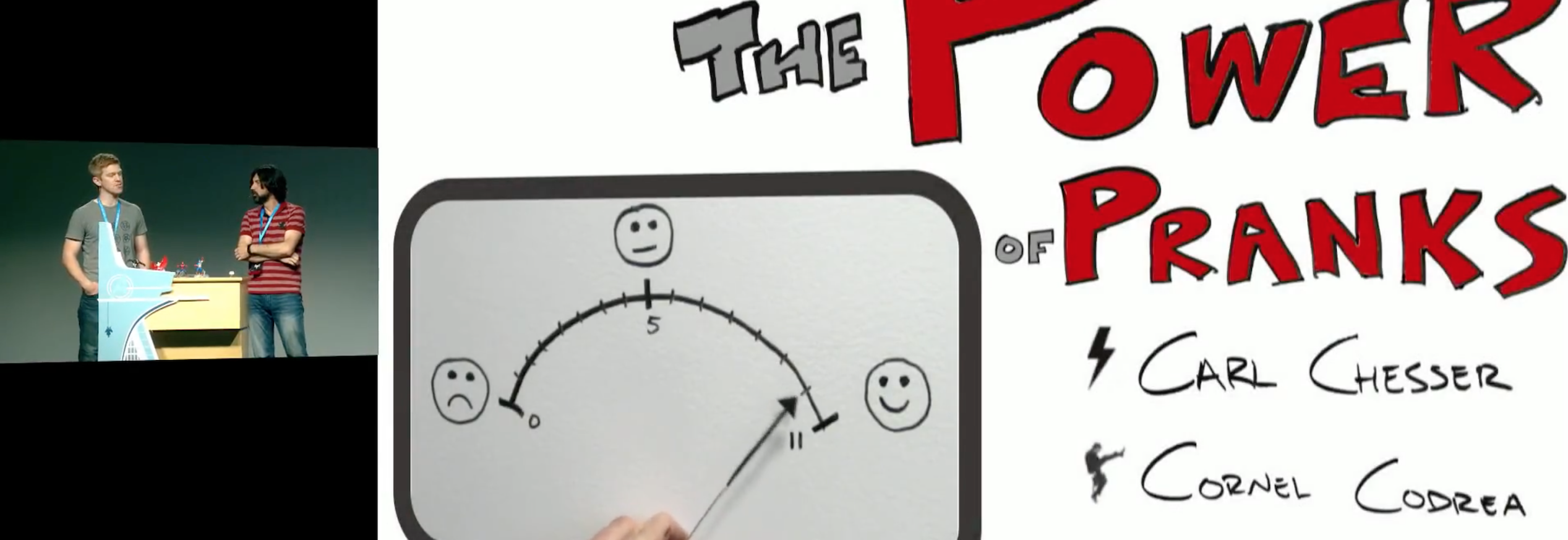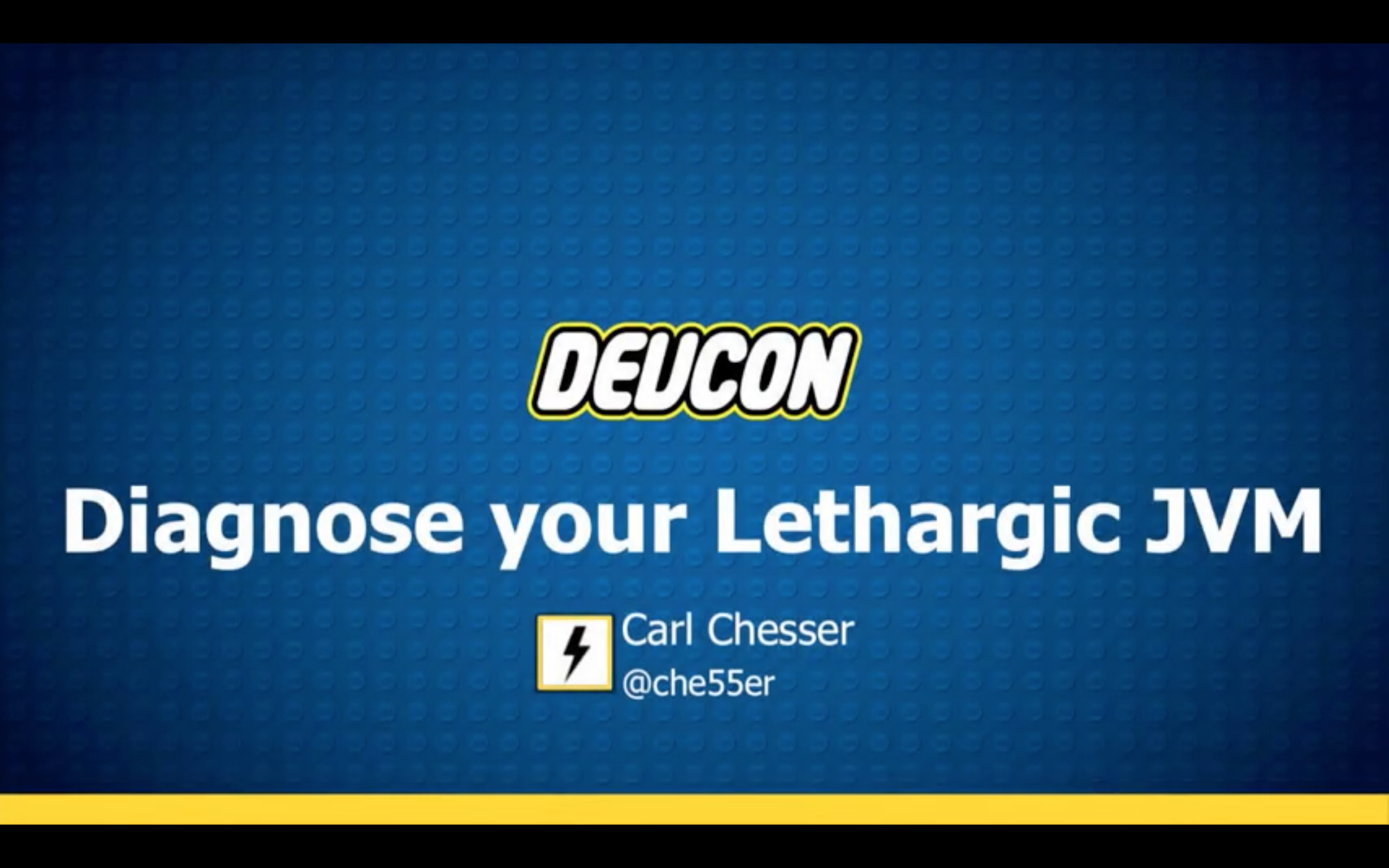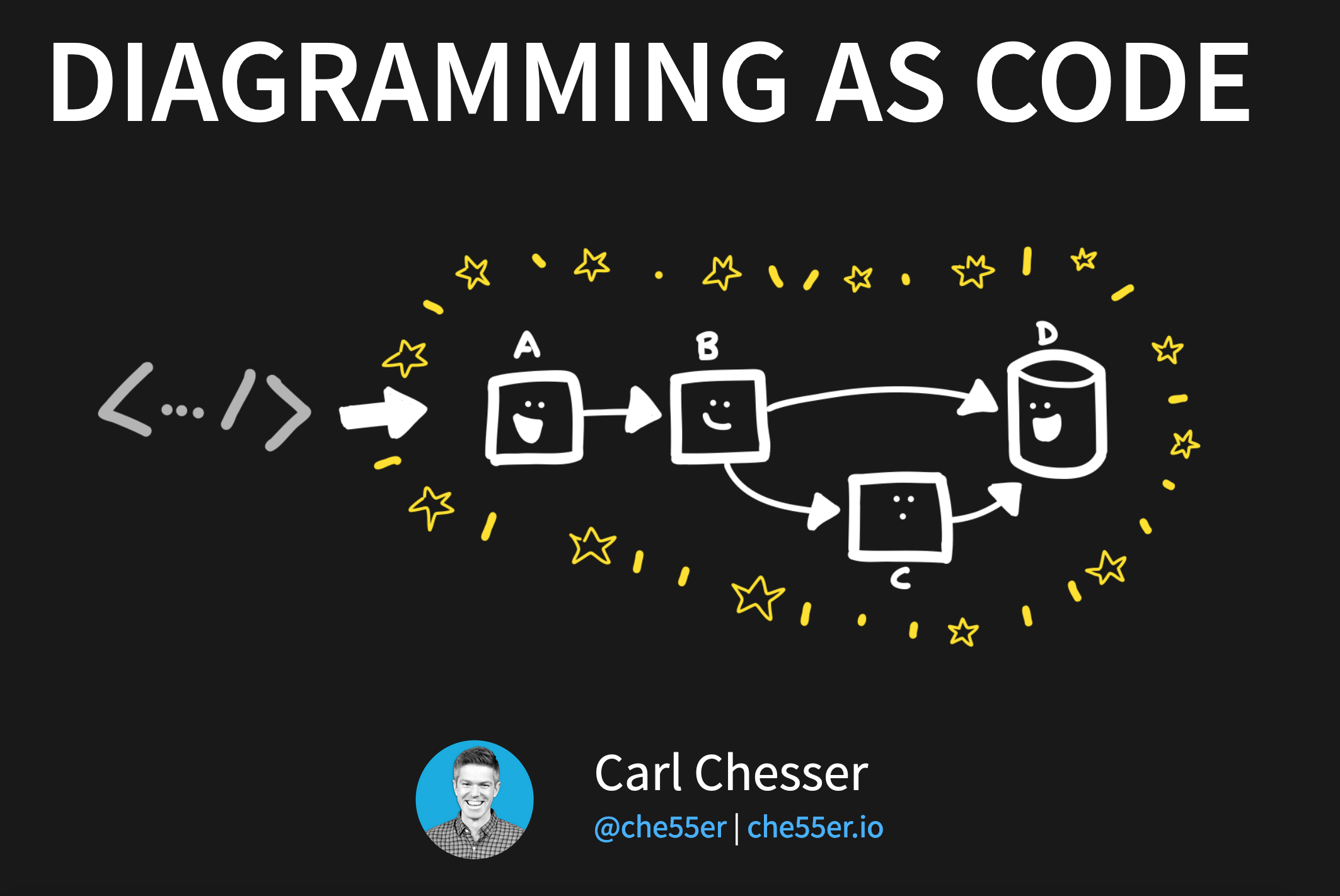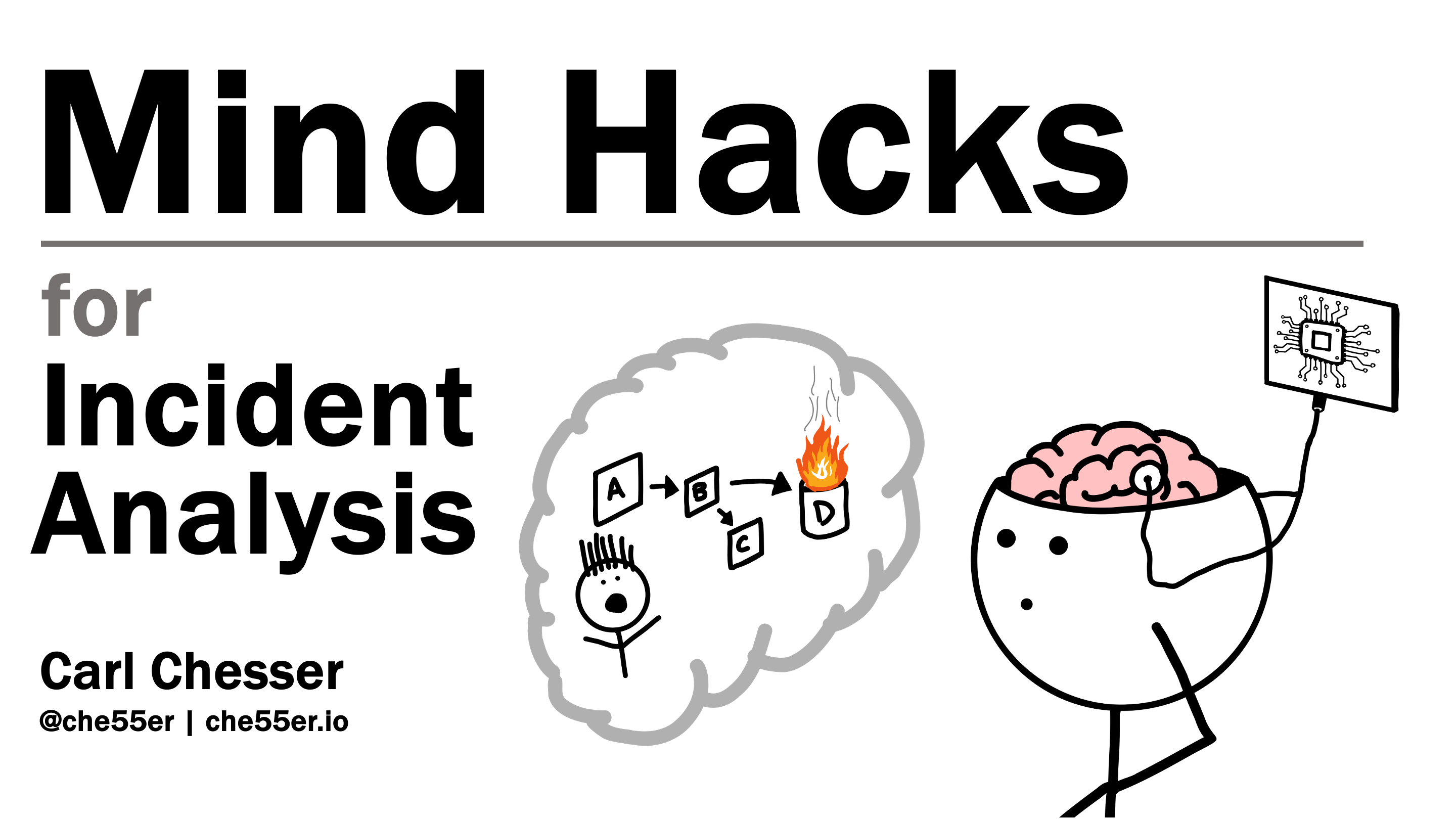
Mind Hacks for Incident Analysis
Abstract # We are great at quickly gravitating to problems. Especially, with our deep understanding of the systems we own and operate. When things go wrong, great teams are quick to adapt, mitigate, and identify what we should do better in the future. However, it is easy for us to limit our minds based on our perspective of the system or how we have always done it.

